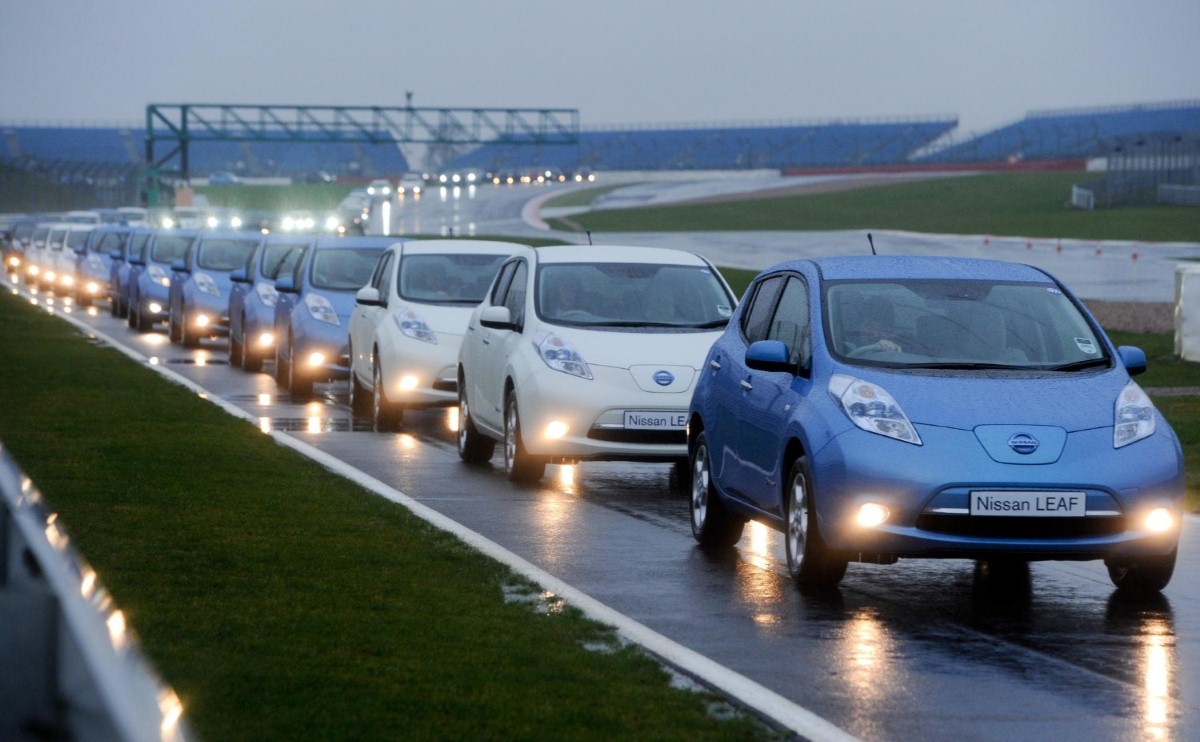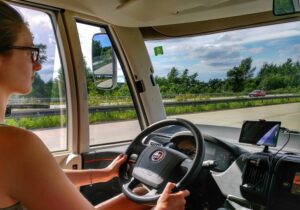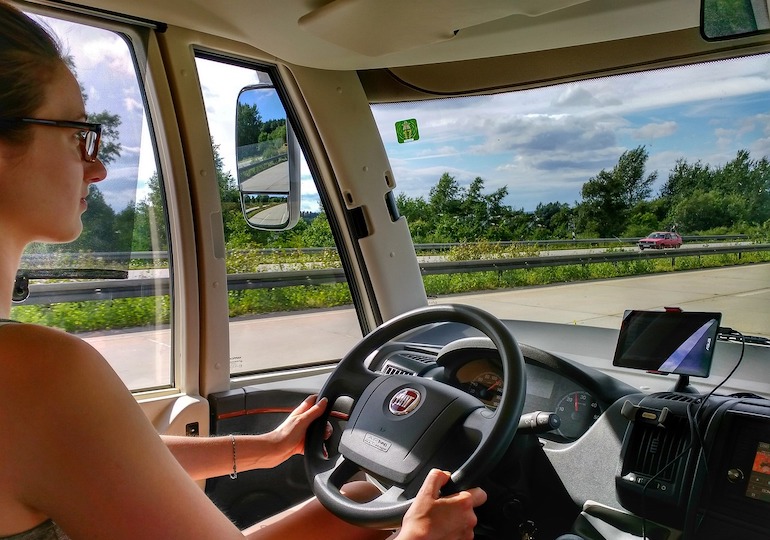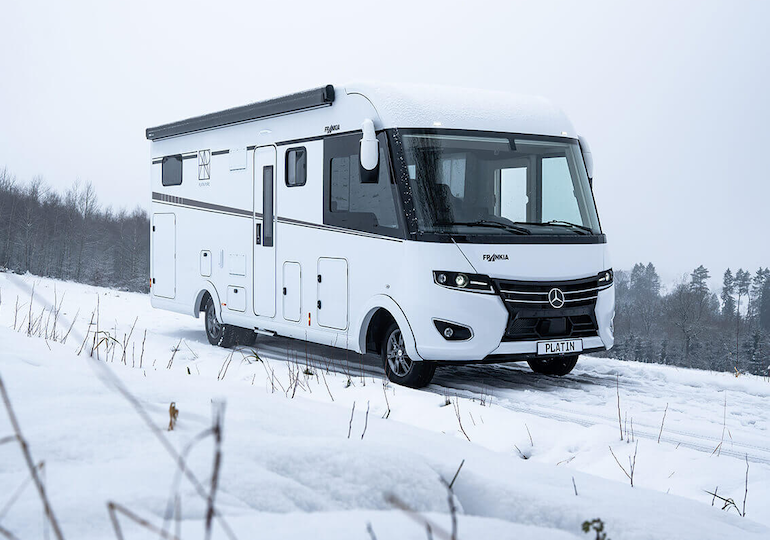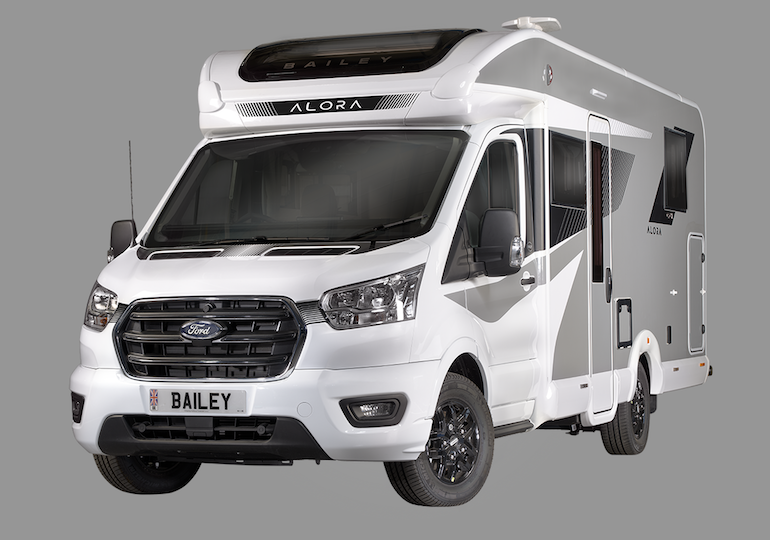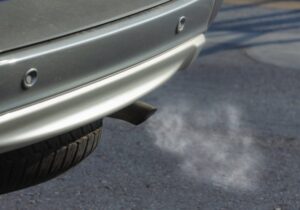By Tom Leaning
Japanese car manufacturer, Nissan Motor Co., Ltd., has moved one step closer to driverless technology.
Intelligent Vehicle Towing (IVT) is a fully automated vehicle towing system, and it has been unveiled at Nissan’s main plant in Oppama in Yokosuka, just south of Tokyo.
The system has been introduced as part of Nissan’s Intelligent Mobility vision, which serves as a framework for how cars will be driven, powered, and integrated into society. This new project, which uses mapping and communication technologies to connect an intelligent and all-electric car to infrastructure, is a step towards the realization of Nissan Intelligent Integration.
The IVT system essentially uses a modified Nissan LEAF to autonomously tow trollies which are loaded with finished vehicles between designated loading and unloading points at the plant.
Conventional automatic guided vehicle systems which are used for transporting parts generally need expensive rails or extensive use of magnetic tape to function. This new system does not need any special infrastructure to operate. The car that has been modified for towing is equipped with an array of cameras and laser scanners which are used to detect lane markings, curbs and potential obstacles or hazards around the vehicle. This information is cross-referenced with map data, thus allowing the towing car to calculate its own location, and travel on its own to its destination. The towing car follows the speed limits that have been set within the factory, and automatically stops if it detects an obstacle or hazard ahead. Once the obstacle is cleared, it forges ahead again.
It is easy to alter the route of the vehicle to accommodate changes in production processes or vehicle transport routes. All the driverless towing cars are connected to a central traffic control system, which can keep tabs on their driving speeds, locations, the charge left in the vehicles and the operational status of each vehicle. If two driverless towing cars meet at an intersection, the control system’s algorithm is used to determine which car should be given right-of-way, and in the event of an emergency, the system can stop the vehicles remotely.
The introduction of the IVT technology will allow Nissan to improve production efficiency at the Oppama plant. The Japanese auto manufacturer began conducting trial operations of the system almost a year ago, and over 1,600 test runs have been carried out at the plant. The data acquired during the trial runs has been utilized to ensure that the system can work reliably within the plant’s premises. Meanwhile, a safety system and a fail-safe system have been developed to counter potential risks or unexpected conditions the IVT system may face during autonomous driving, like adverse weather and low light conditions. After the system is extensively tested at the Oppama Plant, Nissan will consider the possibility of introducing the system at the company’s other plants in Japan and overseas.

